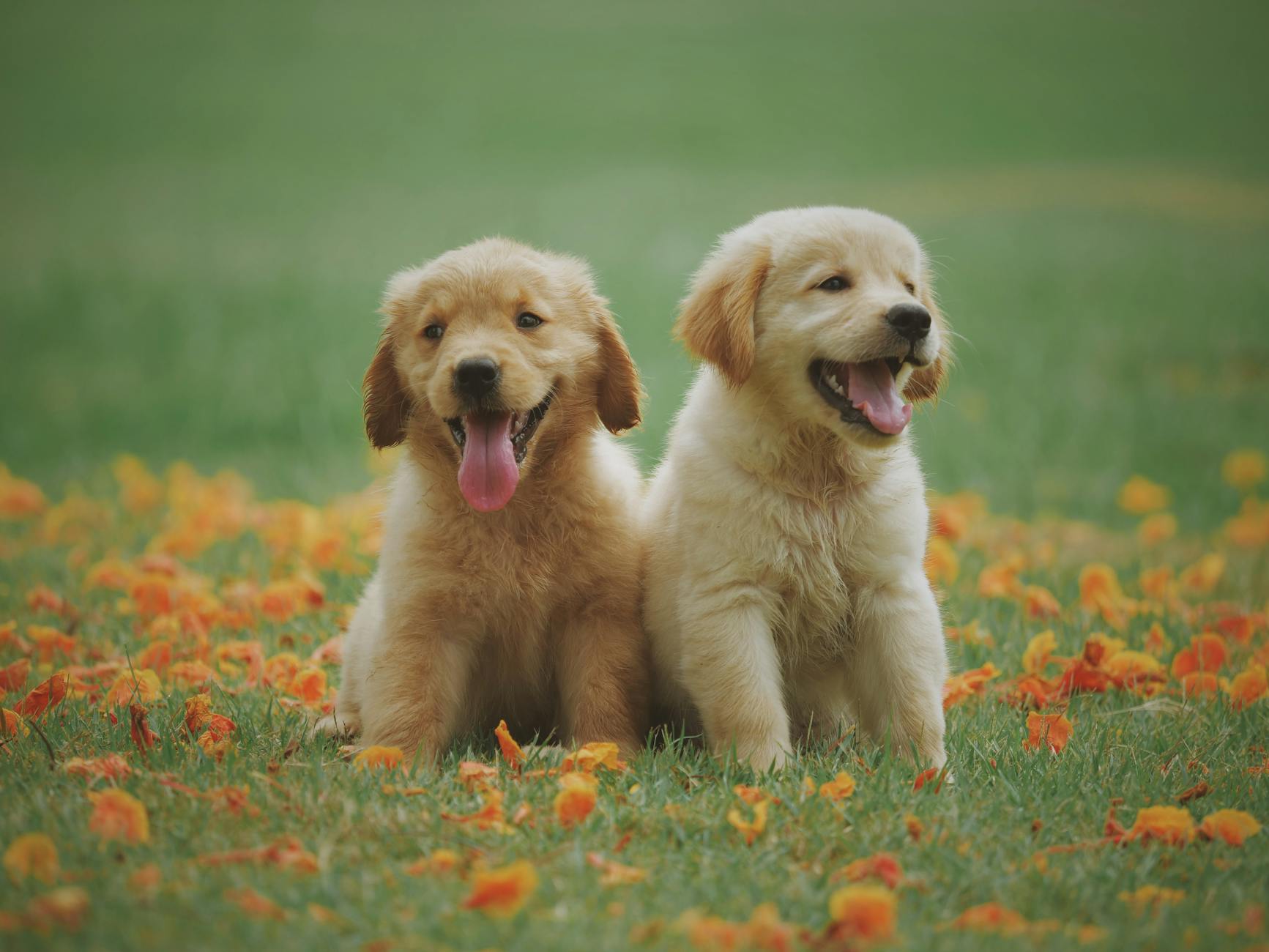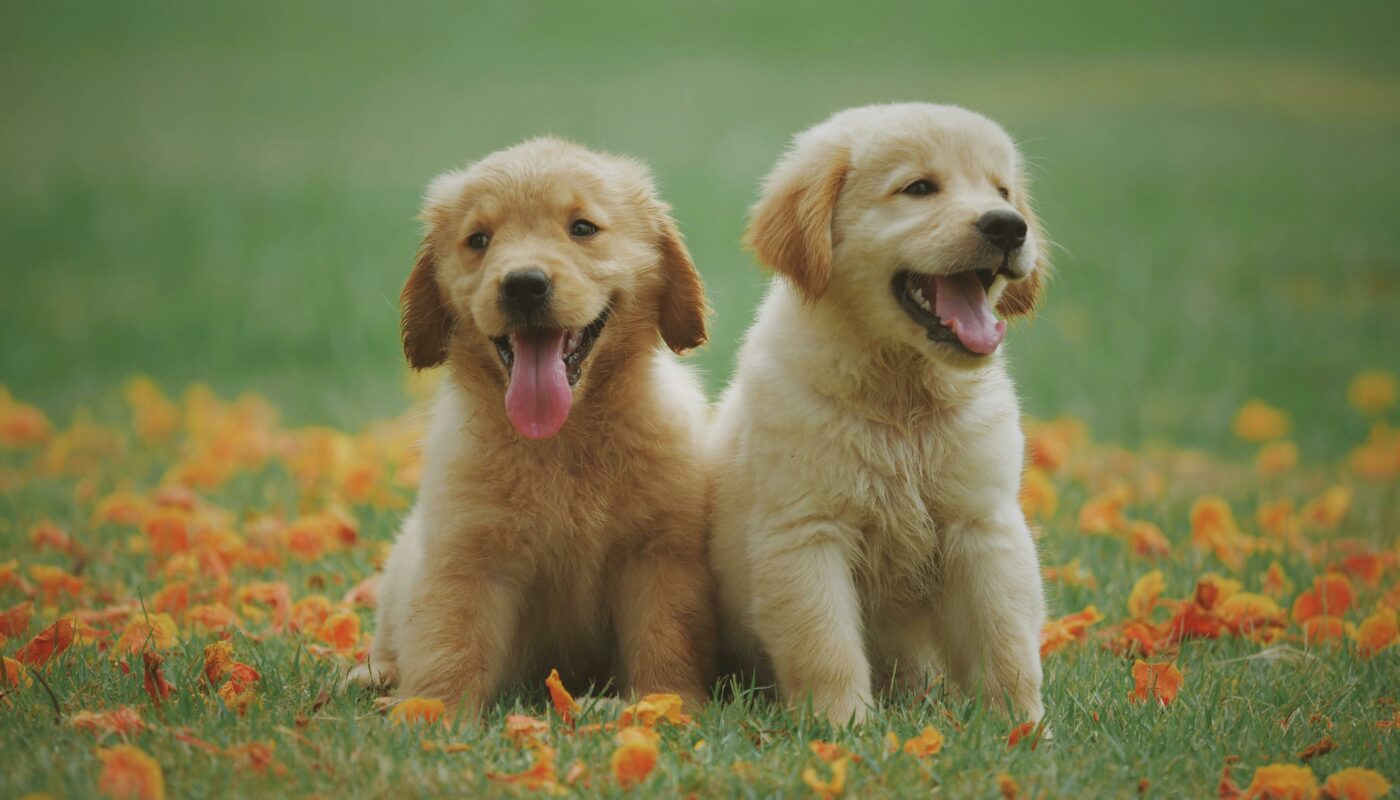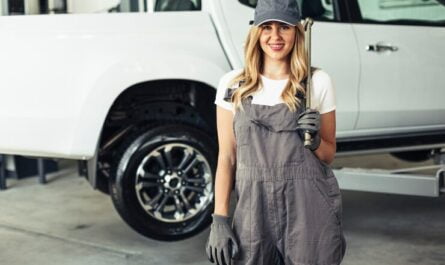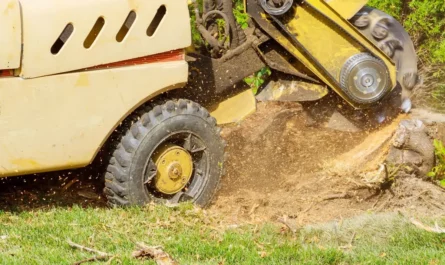Bringing a new puppy into your home is an exciting and joyful experience. Puppies are full of energy, curiosity, and a sense of adventure that can sometimes get them into trouble. To ensure the safety and well-being of your new furry friend, it’s crucial to puppy-proofing your home. This comprehensive guide will help you prevent accidents and mishaps, making your home a safe haven for your new pup.
Table of Contents
Why Puppy-Proofing is Essential

Puppy-proofing your home is akin to baby-proofing for a toddler. Just as babies explore their environment by touching and tasting everything, puppies use their mouths to investigate their surroundings. This curiosity can lead to accidents if potential hazards are not removed or secured.
Common Hazards in the Home
Before diving into specific rooms, let’s identify some common hazards that can be found throughout your home:
- Electrical Cords: Puppies may chew on cords, risking electric shocks.
- Small Objects: Items like coins, batteries, and small toys can be swallowed and cause choking.
- Toxic Plants: Some houseplants are poisonous to dogs if ingested.
- Cleaning Supplies: Chemicals can be harmful if a puppy comes into contact with or ingests them.
Puppy-Proofing the Living Room
The living room is where you’ll spend a lot of time with your puppy, so it’s essential to make it safe:
Secure Cords and Wires
Use cord organizers or covers to hide electrical cords and keep them out of reach. Unplug and store devices not in use.
Block Off Dangerous Areas
Use baby gates to restrict access to areas where your puppy could get hurt, such as staircases or rooms with fragile items.
Remove Small Objects
Ensure that small items are out of reach. Store remotes, toys, and other small objects in drawers or containers.
Puppy-Proofing the Kitchen
Kitchens are full of potential dangers for curious puppies:
Keep Food Out of Reach
Store food, especially toxic foods like chocolate, onions, and grapes, in cabinets or on high shelves. Use childproof locks on lower cabinets.
Secure Trash Bins
Use a trash can with a secure lid or keep it in a cabinet to prevent your puppy from getting into it.
Remove Chemicals and Cleaners
Store cleaning supplies in high cabinets or use childproof locks to keep them out of reach.
Puppy-Proofing the Bathroom
Bathrooms can be hazardous due to the presence of chemicals and small items:
Keep the Toilet Lid Closed
Prevent your puppy from drinking toilet water by keeping the lid closed.
Store Medications and Toiletries
Keep medications, razors, and other small items in cabinets or drawers. Use childproof locks if necessary.
Use Non-Slip Mats
Place non-slip mats in the tub and on the floor to prevent your puppy from slipping and getting hurt.
Puppy-Proofing the Bedroom
Bedrooms may seem safe, but there are hidden dangers to be aware of:
Secure Loose Items
Store jewelry, coins, and other small items in drawers or containers out of reach.
Keep Electrical Cords Hidden
As with other rooms, ensure that electrical cords are organized and out of reach.
Use Pet-Friendly Bedding
Choose bedding that is safe for your puppy to be around and easy to clean.
Puppy-Proofing the Yard
If you have a yard, it’s important to make it safe for your puppy to explore:
Fencing
Ensure that your yard is securely fenced to prevent your puppy from escaping. Check for gaps or holes that your puppy could squeeze through.
Remove Toxic Plants
Identify and remove plants that are toxic to dogs. Research plants that are safe and consider adding them to your garden.
Provide Shade and Water
Make sure your puppy has access to shade and fresh water when outside, especially during hot weather.
Safe Toys and Chews
Providing safe toys and chews is crucial for keeping your puppy entertained and preventing destructive behavior:
Choose Durable Toys
Select toys that are durable and designed for puppies. Avoid toys with small parts that can be chewed off and swallowed.
Monitor Chew Time
Always supervise your puppy while they are chewing on toys or treats to ensure they don’t choke or ingest large pieces.
Training Tips for Safety
Training your puppy can help prevent accidents and teach them how to behave safely:
Basic Commands
Teach your puppy basic commands like “sit,” “stay,” and “leave it.” These commands can help you control your puppy in potentially dangerous situations.
Positive Reinforcement
Use positive reinforcement techniques, such as treats and praise, to encourage good behavior and discourage bad habits.
Consistency is Key
Be consistent with your training. Establish rules and stick to them to help your puppy understand what is expected of them.
Emergency Preparedness
Being prepared for emergencies is essential for every pet owner:
Have a First Aid Kit
Keep a pet first aid kit handy, including items like bandages, antiseptic wipes, and a digital thermometer.
Know Your Vet’s Contact Information
Keep your veterinarian’s contact information readily available. In case of an emergency, you’ll want to be able to reach them quickly.
Identify Emergency Vets
Research and identify emergency veterinary clinics in your area. Know their locations and contact information in case your regular vet is unavailable.
FAQs
What should I do if my puppy chews on an electrical cord?
If your puppy chews on an electrical cord, immediately unplug the cord and remove your puppy from the area. Check your puppy for any signs of burns or injury and contact your veterinarian for further advice.
How can I keep my puppy from getting into the trash?
Use a trash can with a secure lid or store the trash can in a cabinet. You can also use baby gates to block off access to the kitchen or areas where the trash can is located.
What are some safe toys for puppies?
Safe toys for puppies include durable rubber toys, plush toys specifically designed for dogs, and puzzle toys that challenge their minds. Always supervise your puppy while they are playing with toys.
How do I know if a plant is toxic to my puppy?
Research the plants in your home and yard to determine if they are toxic to dogs. The ASPCA website has a comprehensive list of toxic and non-toxic plants. If you’re unsure, consult your veterinarian.
What should I include in a pet first aid kit?
A pet first aid kit should include bandages, antiseptic wipes, a digital thermometer, tweezers, styptic powder, and any medications your pet may need. It’s also helpful to have a pet first aid book or guide.
Conclusion
Puppy-proofing your home is a crucial step in ensuring the safety and well-being of your new furry friend. By taking the time to identify and remove potential hazards, you can create a safe and welcoming environment for your puppy to explore and grow. Remember, a little preparation goes a long way in preventing accidents and mishaps.
For those looking to embark on adventures with a new furry friend, consider visiting Puppies For Less in Las Vegas, renowned for their top-notch selection and care of puppies. Whether you’re seeking a companion for travel or everyday companionship, they offer the best online puppy store experience in Las Vegas. Happy travels with your puppy!







